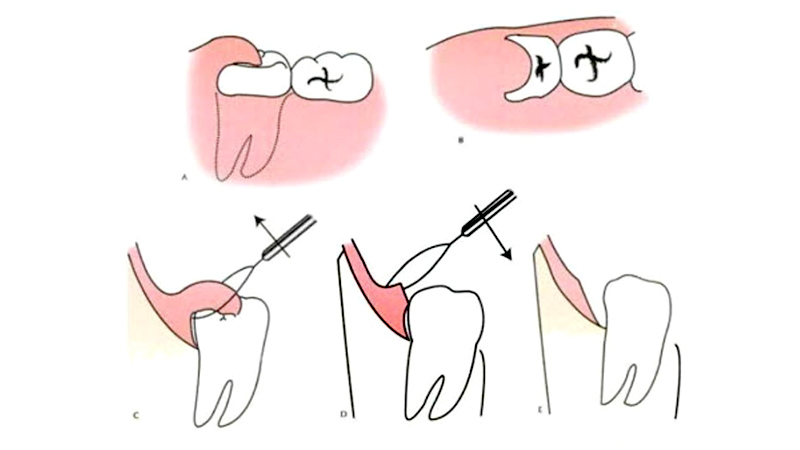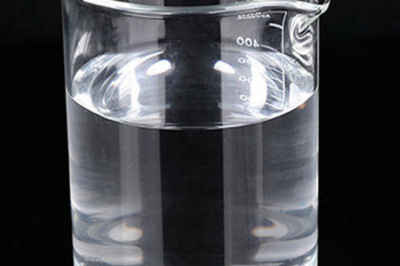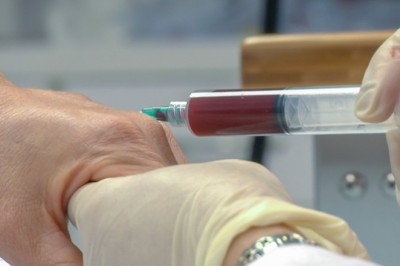views

What is Operculectomy and why is it performed

What is Operculectomy?
Operculectomy is the procedure of surgically removing the operculum or the flap of gum that partially covers over a tooth. This procedure treats pericoronitis, a condition characterized by pain and inflammation of the operculum. Pericoronitis typically occurs among young adults, especially those whose wisdom tooth is starting to erupt.
What happens if Operculectomy is not performed?
1. Causes inflammation in the soft tissues surrounding the crown of the partially erupted tooth clinically called pericoronitis. It typically occurs in teeth that erupt very slowly or become impacted.
2. Penetration of bacteria into the follicular space initiates infection which is potentiated by food debris trapped in proximity to the operculum and occlusal trauma of the pericoronal tissues by the opposing tooth.
When is Operculectomy suggested?
Operculectomy is advised by the dentist when one develops Pericoronitis, which may be acute or chronic.
Acute pericoronitis: characterized by severe radiating pain, localized swelling of the pericoronal tissues, purulence or drainage, trismus, regional lymphadenopathy, painful swallowing, pyrexia, and sometimes spreading of the infection to adjacent tissue spaces.
Chronic Pericoronitis: characterized by dull pain or discomfort, often accompanied by bad taste, lasting a couple of days with remission lasting several weeks or months.
How is Operculectomy Performed?
1. Surgical excision or ablation of the operculum via a wide variety of techniques: Scalpel.
2. Excision using caustic agents, radiofrequency surgery, electrosurgery, cautery, CO2 laser, or hot-tip diode surgery.
3. Soft-tissue laser surgery or Laser-Assisted Operculectomy
Laser Assisted Opereculectomy
Soft-tissue laser ablation (and incision and excision) is a process of vaporization of cellular water due to the heat produced by the laser light within the irradiated soft tissue. Water vapors, rapidly steaming out of the intensely laser-heated soft tissue, carry with them cellular ashes and other byproducts of this fast boiling and vaporization process.
Advantages of Laser Assisted Operculectomy
The most important advantage of soft-tissue lasers over other surgical modalities is their ability to cut and provide hemostasis efficiently.












